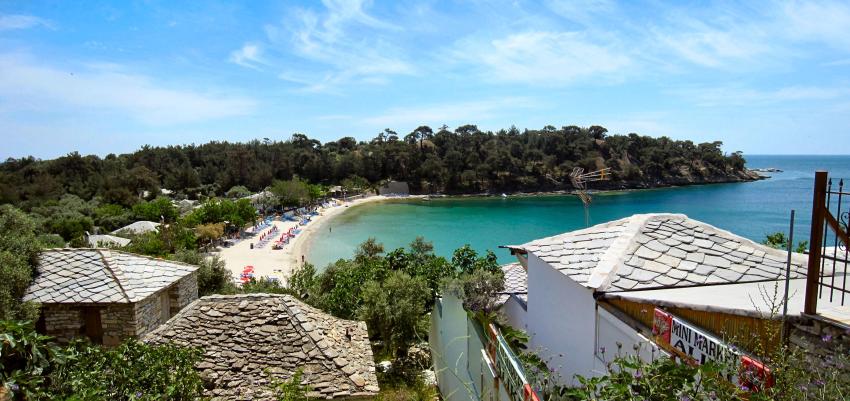- Read offline
- Access all content
- Use the in-app Map to find sites, and add custom locations (your hotel...)
- Build a list of your own favourites
- Search the contents with full-text search functionality
- ... and more!
Thássos
Pines, sands and an ancient city

An island crowned with forests and lying in the sea like the backbone of an ass. Archilochos, 7th century BC
Thássos, Greece’s northernmost island, is ringed with soft beaches and mantled with pinewoods, plane trees, walnuts and chestnuts. Unlike the other Aegean islands, it is rarely afflicted by the wind, but has a moist climate, much subject to lingering mists; on hot days the intense scent of pines by the sea casts a spell of dreamy languor.
With its 56 beautiful beaches it’s a very touristy place (especially popular with northern Greeks and Bulgarians who can drive here). But it’s also an island with a history and character, with fascinating relics of the past to explore. Wherever you sleep, come armed: the mosquitoes are vivacious, vicious and voracious. Sea urchins can be a problem too, but they’re a sign that the sea here is very, very clean.
History
Images by arjenD, BlackNose, DocWoKav, Dr Peter Tzeferis, Gerhard Haubold, Nikodem Nijaki, Ronald Saunders, Ronald Saunders from Warrington, UK, Rosa-Maria Rinkl, shakko

